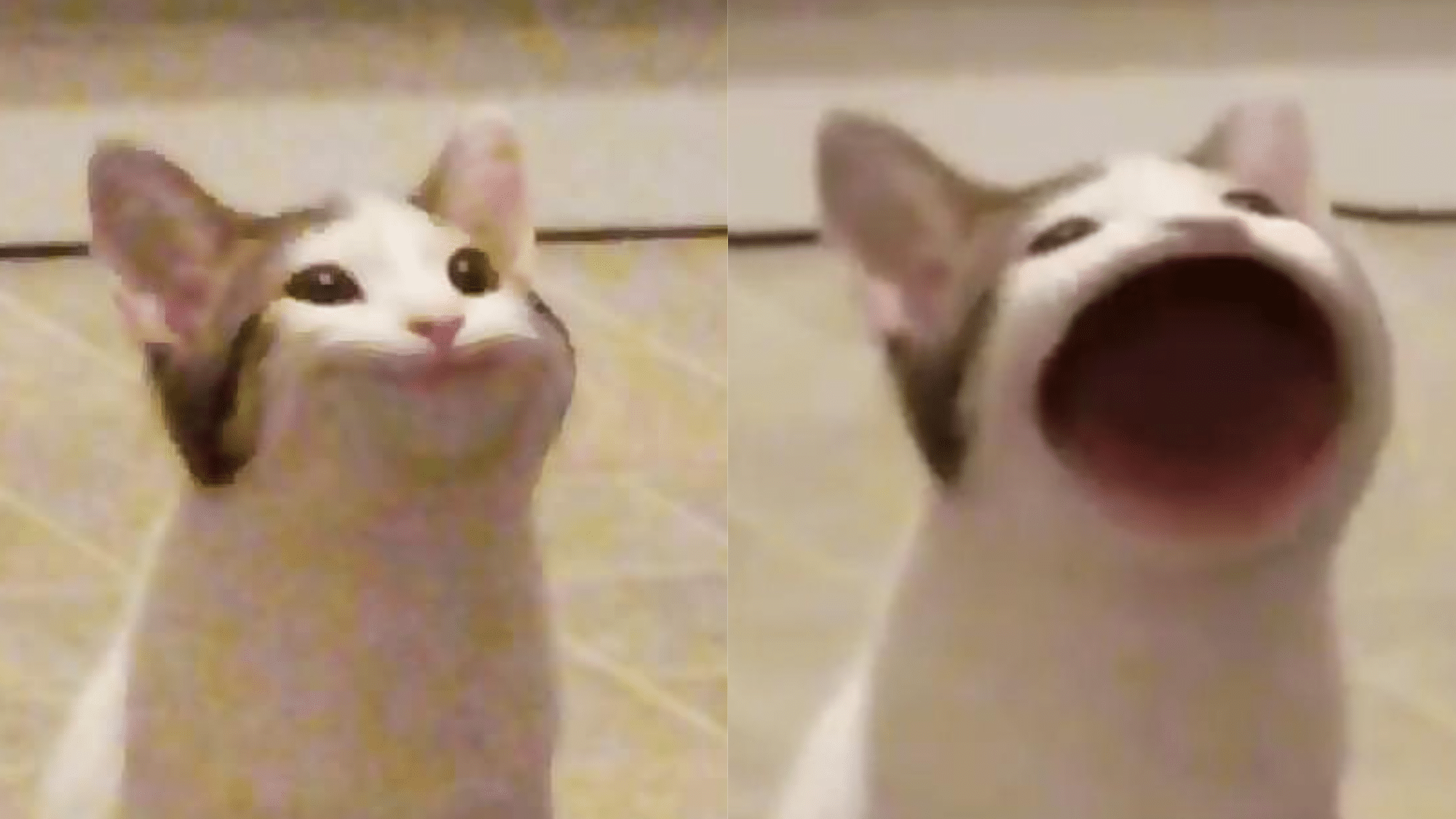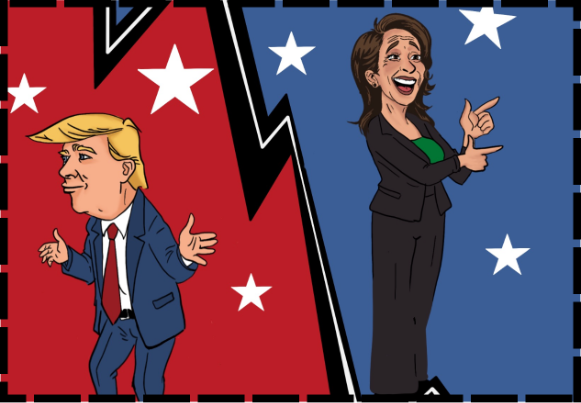Memes and Viral Trends: How Internet Culture Shapes Modern Society
The rise of memes and viral trends has transformed the way we communicate, share humor, and engage with culture. What was once a niche part of internet subculture has now become a global phenomenon, shaping everything from social media platforms to politics. In this article, we'll explore how internet culture, through memes and viral trends, is influencing modern society, communication, and the way we perceive the world around us.

The Evolution of Memes: From Niche to Mainstream
Memes originated as simple images or videos with humorous captions, often shared on platforms like 4chan, Reddit, and Tumblr. Early internet memes, such as "Doge" or "Rickrolling," were quirky and playful, but over time, they became more sophisticated and multifaceted.
How Memes Have Evolved:
-
From Image Macros to Videos and GIFs: Initially, memes were static images with text. Today, they include videos, GIFs, and even audio clips, enabling more creative forms of expression.
-
Meme Formats: Classic formats like “Distracted Boyfriend” or “Woman Yelling at a Cat” are universally recognizable and adaptable for various cultural and social contexts. These formats have evolved into highly flexible tools for humor and commentary.
-
Cross-Platform Growth: Memes now span platforms like Instagram, Twitter, TikTok, and Facebook, reaching a much wider audience. Platforms like TikTok have even given rise to meme formats that are unique to their platform.
The Mechanics of Virality: How Trends Spread Quickly
Viral trends are not limited to memes alone. Internet culture has enabled content—whether a dance challenge, a hashtag, or a video—to explode in popularity almost overnight. But what makes something go viral?
Factors That Contribute to Virality:
-
Relatability and Humor: Memes and trends that tap into shared human experiences or societal issues are more likely to spread. Humor, especially in meme form, plays a key role in viral success.
-
Influencers and Celebrities: Social media influencers and celebrities often play a pivotal role in making trends viral. When a well-known figure shares or participates in a meme or trend, it can quickly gain traction.
-
Algorithmic Amplification: Platforms like Twitter, Instagram, and TikTok have algorithms that amplify popular content, pushing memes and trends to a wider audience. This is why certain trends seem to appear out of nowhere, flooding our feeds.
Examples of Viral Trends:
-
#IceBucketChallenge: A philanthropic viral trend in 2014 that raised awareness for ALS (Amyotrophic Lateral Sclerosis) by encouraging people to dump ice-cold water on themselves.
-
TikTok Dance Challenges: Dance trends on TikTok, like the "Renegade" or "Savage Love" challenge, have reached global audiences, with participants from all walks of life.
-
"OK Boomer": A phrase that became a viral trend on Twitter and TikTok, used by younger generations to call out older generations, particularly Baby Boomers, for their outdated views on various social issues.
Memes as a Form of Communication
Memes and viral trends are often more than just jokes or distractions. In the digital age, they’ve become a new form of social commentary and communication. In many ways, memes have replaced traditional forms of language in conveying complex ideas, opinions, and critiques in a humorous, digestible format.
How Memes Influence Communication:
-
Concise and Accessible: Memes communicate ideas quickly and effectively. A single image or short video can convey a message or opinion without the need for lengthy explanations, making it a perfect tool for the fast-paced digital world.
-
Political and Social Commentary: Memes often address important societal issues in a way that is easily digestible and sharable. For example, memes that comment on politics, race, or gender are often used to critique institutions, challenge authority, or even spread awareness about social justice issues.
-
Emotional Connection: Because memes can be so relatable, they create a strong emotional connection. Whether it's expressing frustration, joy, or confusion, memes often encapsulate what people are feeling in a way that words alone can't.
Internet Culture and Its Impact on Mental Health and Identity
While internet memes and viral trends provide entertainment and a sense of community, they also come with some potential drawbacks. The rapid spread of information and the constant consumption of memes can have an impact on mental health and self-perception.
Positive Impacts of Memes and Trends:
-
Community Building: Memes have the ability to bring people together. They create a shared understanding of humor or sentiment that transcends geographical and cultural boundaries.
-
Escapism and Coping Mechanism: For many, memes provide a way to escape from reality, especially when life feels overwhelming. They offer a brief moment of humor, helping individuals cope with stress or difficult situations.
Negative Impacts:
-
Pressure to Conform: The pressure to engage with viral trends or to create meme-worthy content can sometimes lead to feelings of inadequacy, especially for those who struggle with self-esteem or social anxiety.
-
Misleading or Harmful Content: Some viral trends can perpetuate harmful stereotypes or spread misinformation. This is particularly true with memes that touch on sensitive issues like mental health or body image, which may have unintended consequences.
Memes and Viral Trends in Politics and Activism
In recent years, memes and viral trends have become a tool for political movements and activism. The viral nature of memes has allowed activists to reach larger audiences and spread awareness quickly.
Political and Activist Memes:
-
Bernie Sanders’ Mittens Meme (2021): During the U.S. Presidential Inauguration, Bernie Sanders’ image wearing cozy mittens became a viral sensation, with people turning it into various memes. This image turned into a symbol of working-class simplicity and defied expectations of what "political style" should be.
-
#MeToo Movement: The #MeToo hashtag, initially a meme-like trend, has had a profound impact on raising awareness about sexual harassment and assault globally. It served as a platform for people to share their stories and connect with others.

The Future of Memes and Viral Trends
As internet culture continues to evolve, so too will memes and viral trends. Here’s what we can expect in the future:
-
More Interactive Content: With the rise of platforms like TikTok and interactive livestreaming, viral trends will become even more participatory, involving direct audience interaction and content creation.
-
Deepfakes and Augmented Reality: Technology will continue to influence meme culture. We may see an increase in memes made with deepfake technology or augmented reality features, allowing for even more creative, yet sometimes controversial, content.
-
Cultural Evolution: Just as memes have evolved from simple image macros to full-blown digital experiences, viral trends will continue to be shaped by emerging technologies and cultural shifts.
Conclusion
Memes and viral trends are more than just a source of entertainment—they’re a reflection of our society’s values, struggles, and shared humor. Internet culture has reshaped the way we interact, express ourselves, and communicate with each other. As memes continue to evolve, so will their influence on society, politics, and culture. Whether we see them as fleeting fads or as tools for social change, one thing is certain: internet culture is here to stay, and its impact is only getting bigger.












